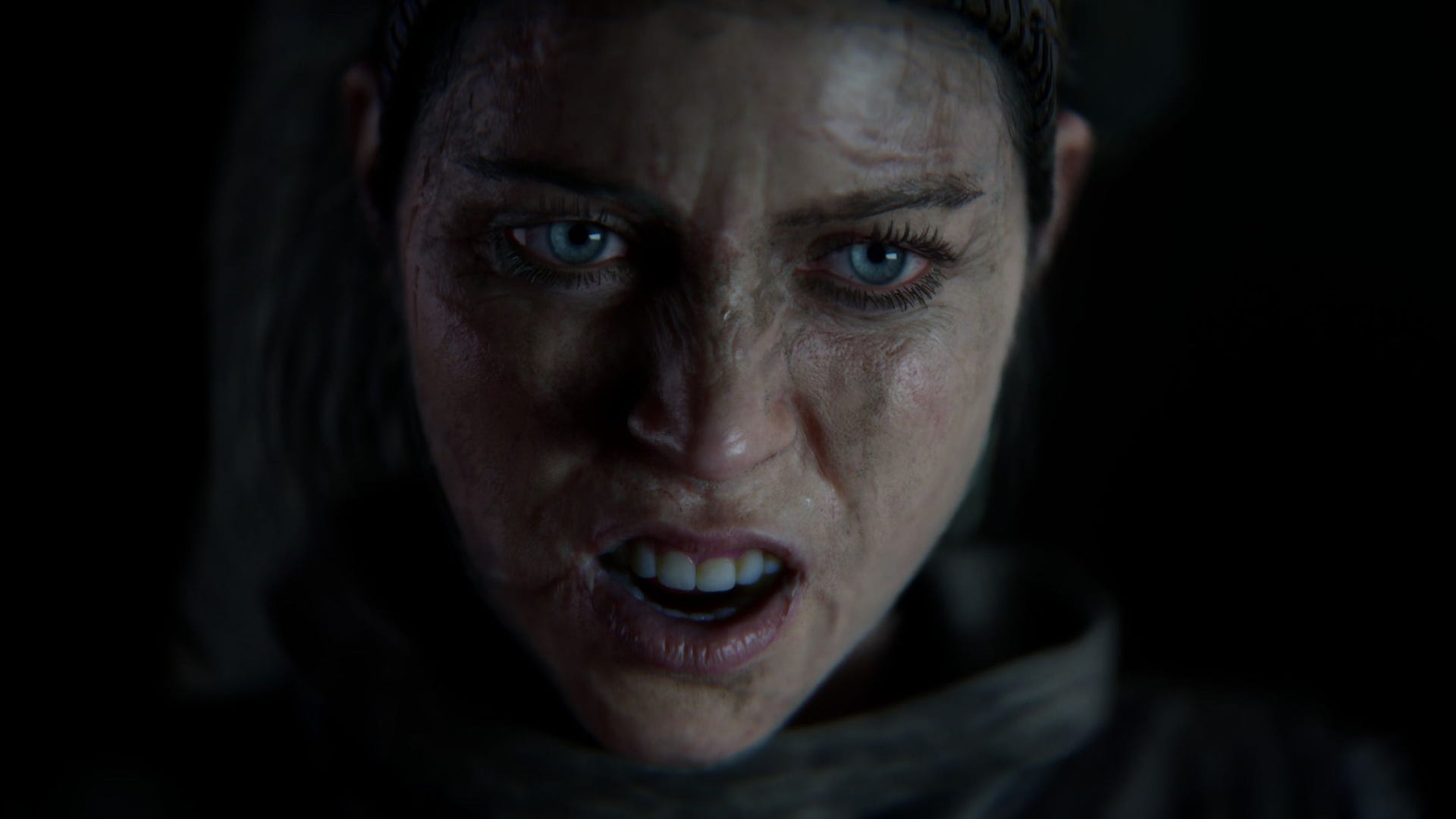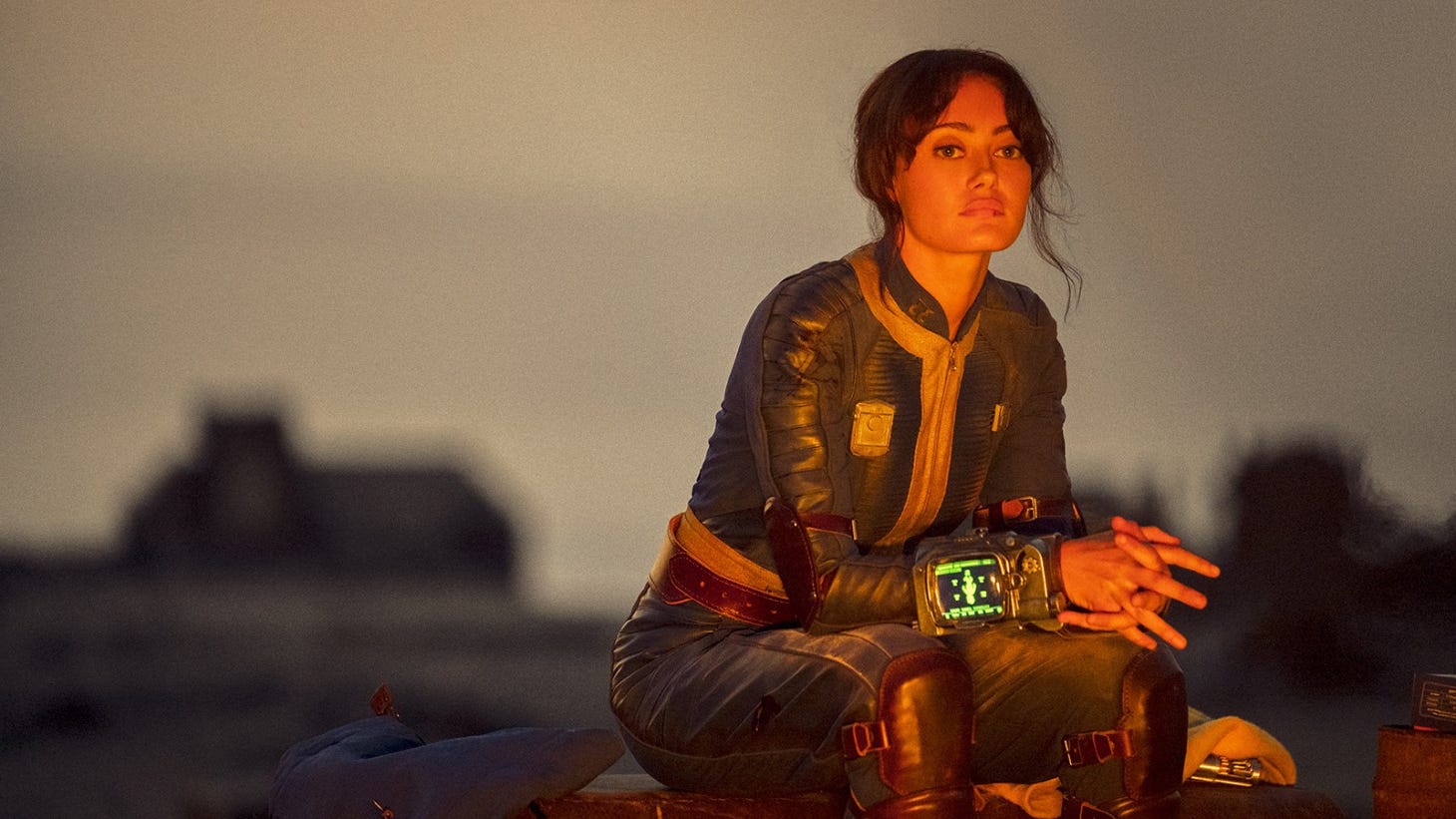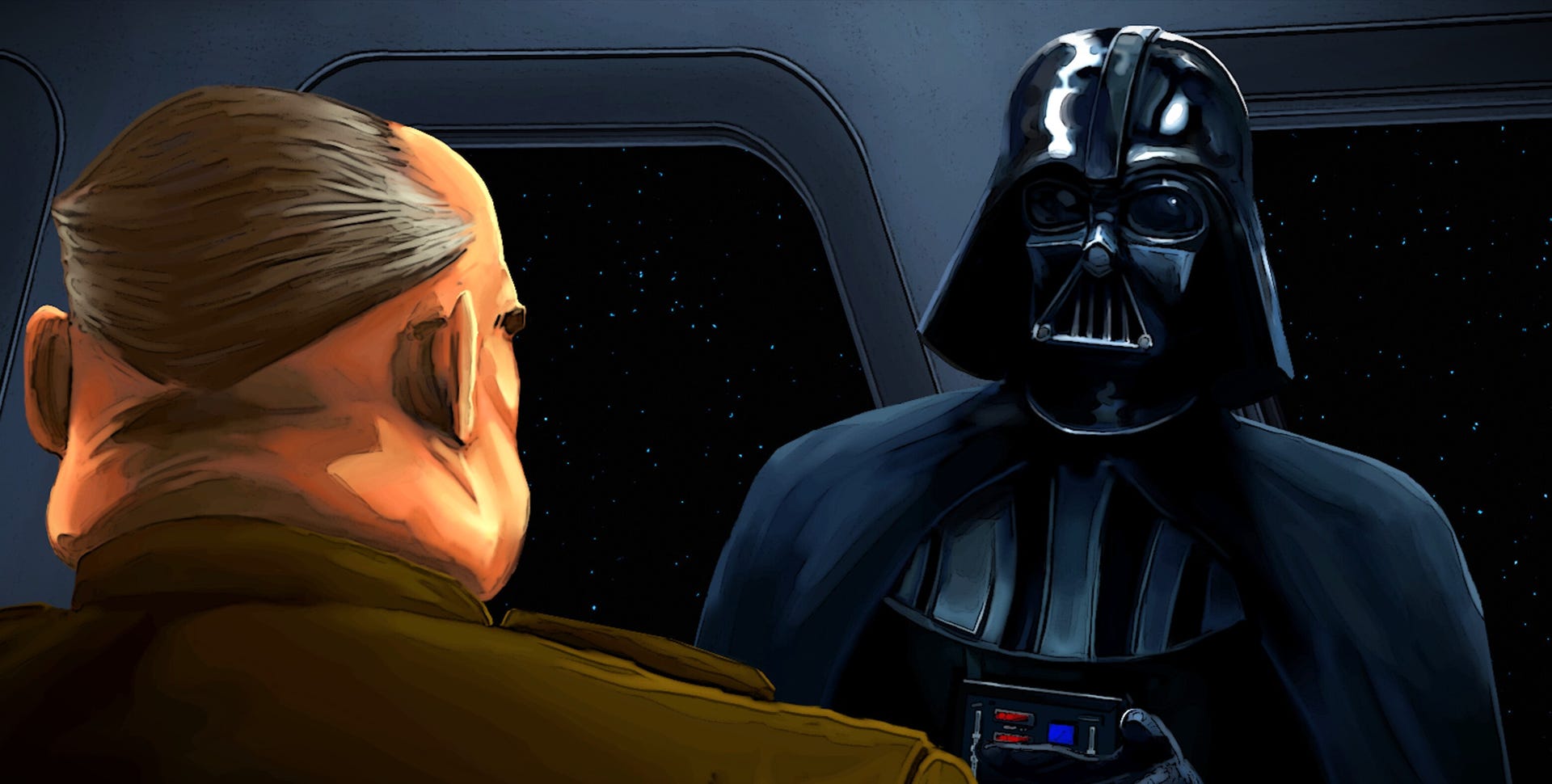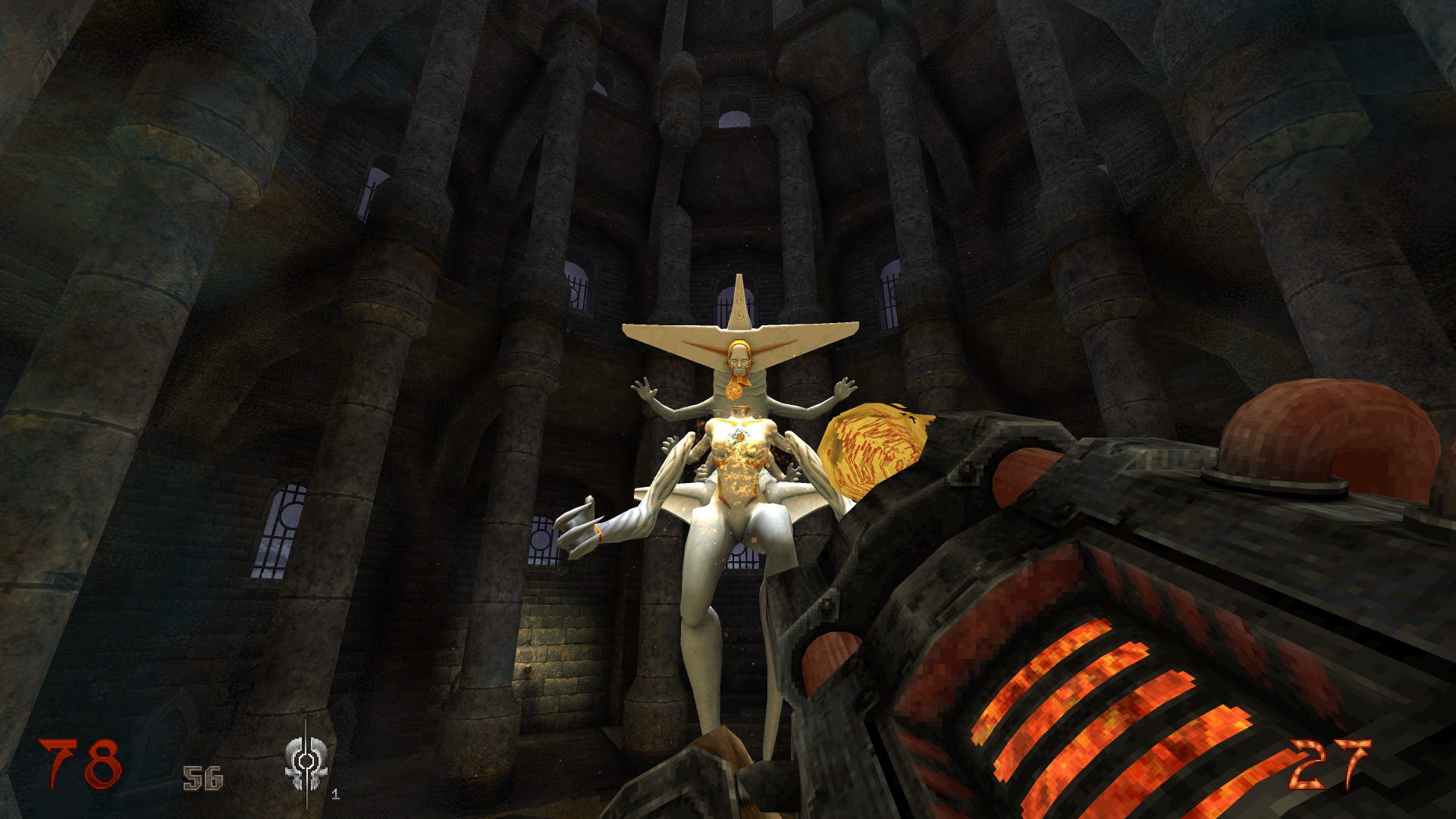Delta Force: Hawk Ops has a real shot at knocking Call of Duty and Battlefield off their perch

Modern military shooters are in a strange place at the moment. Battlefield is licking its wounds after stepping on the landmine that was Battlefield 2042, while Call of Duty is running around like the dog that caught the car, the massive success of Warzone leaving the mainline series at a loss with what to do with itself.
It's a chaotic, uncertain time in one of multiplayer gaming's biggest spheres, and the various shenanigans of EA and Activision have left room for something new to make its mark in the genre. Enter Delta Force: Hawk Ops, which you'll be shocked to hear is not a Trauma Team-style game about performing surgery on birds of prey. Instead, it's a free-to-play military shooter in the Battlefield/CoD mould, based on the series that predates either, and it could be the shot of competence and stability that the genre sorely needs.
Currently running a month-long Alpha, Hawk Ops provides access to two of its three game modes. The first of these, Havoc Warfare, is a classic large-scale attack/defence scenario similar to Battlefield's Rush, with the attacking team trying to capture a linear sequence of control points, and the defending team attempting to hold back the tide until the attackers' collective pool of lives runs dry.







